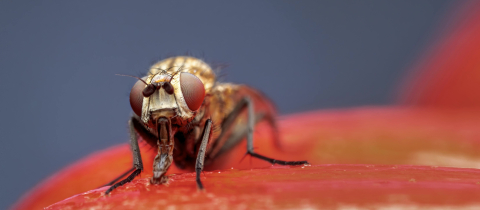Trees might be tall and strong, but they are still a bit sheepish.
Crown shyness describes the phenomenon of a tree’s leaves withdrawing from the leaves of other trees. It results in beautiful webs of almost touching canopies, but why do trees do it?
There are a few theories for trees’ bashful growth patterns. Some believe that blowing wind causes branches to hit their near neighbours, causing damage to their leaves and buds, and as a result, trees then limit growth at these locations to avoid further damage. This theory makes sense, given that crown shyness is exhibited between trees of different and same species, and sometimes even between branches of the same tree. When researchers were able to prevent wind-induced collisions between trees, they filled in the canopy.
Another theory for timid tree branches hinges on their ability to sense nearby plants. Tree leaves have been shown to detect far-red light bouncing onto them after hitting trees close to them. Branches would naturally try to avoid other plants that could shade them or prevent their growth, creating a gap in the canopy.
This theory could also explain why some trees do not exhibit crown shyness when interacting with trees of their own species. Studies have shown that some plants that sense nearby relatives will position their leaves to avoid casting shade on their kin, even at the cost of shading themselves. Who knew that plants could act cooperatively?
Some species have even adapted to take advantage of crown shyness, choosing to grow into shapes that compliment nearby trees, so that they don’t have to compete for canopy room.







